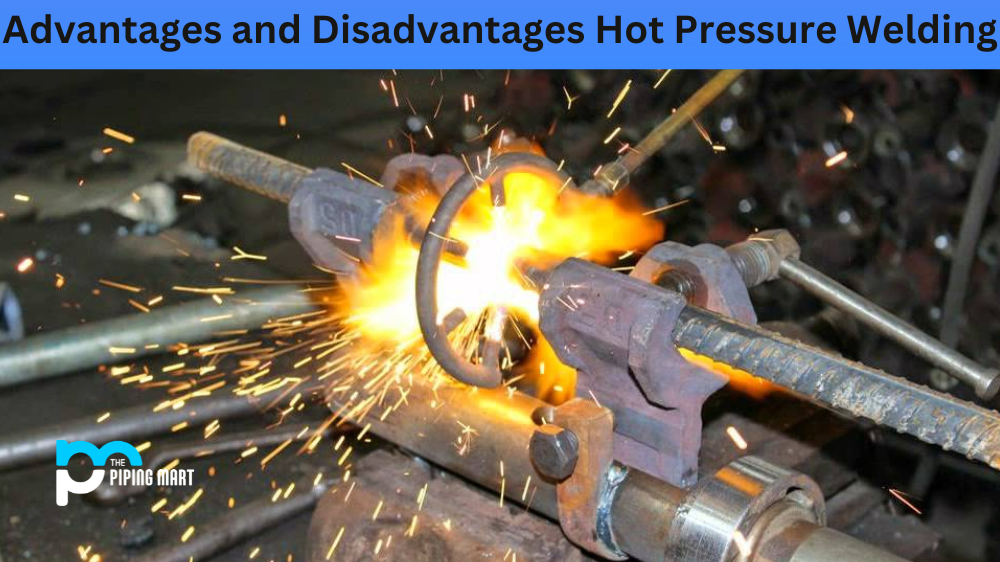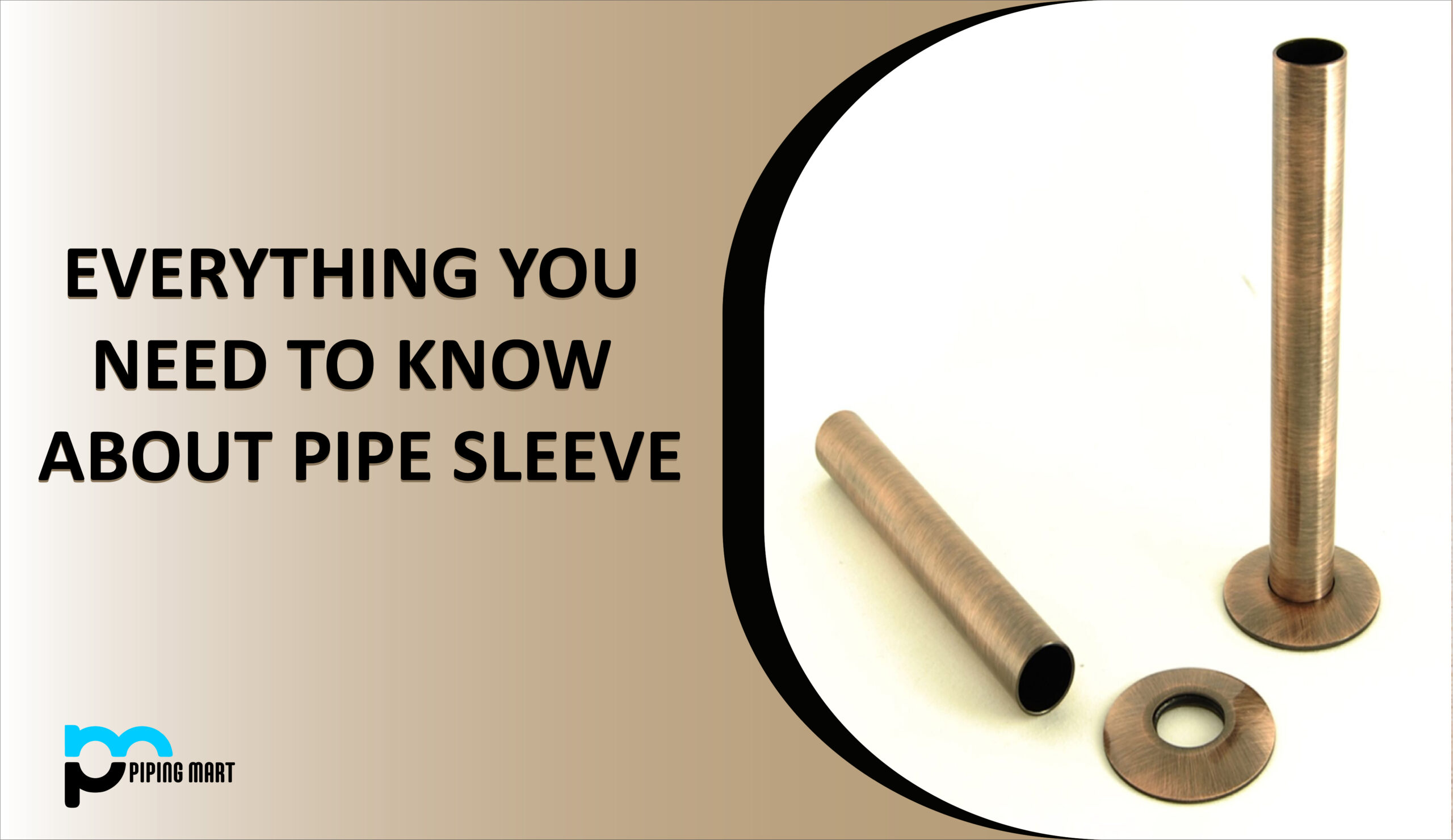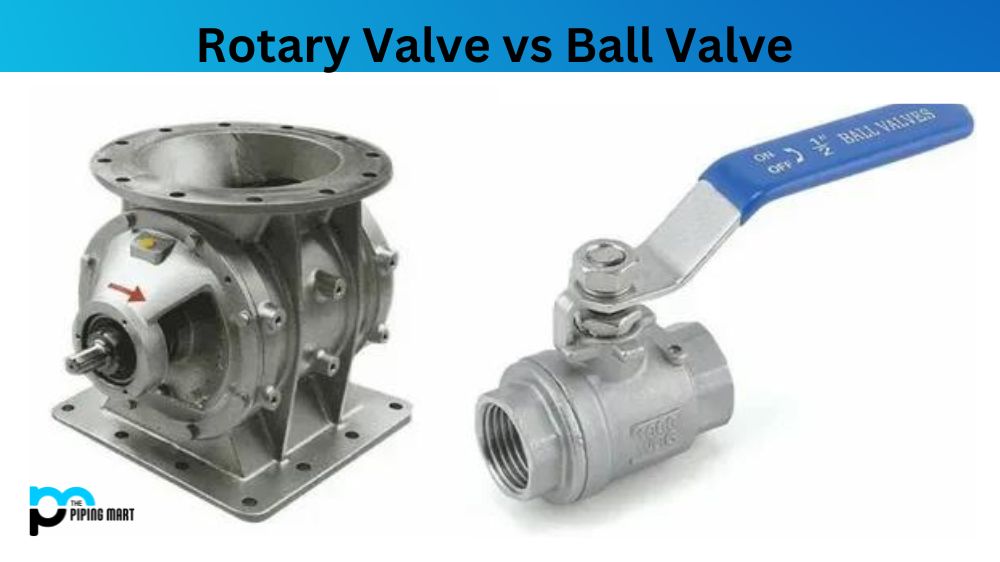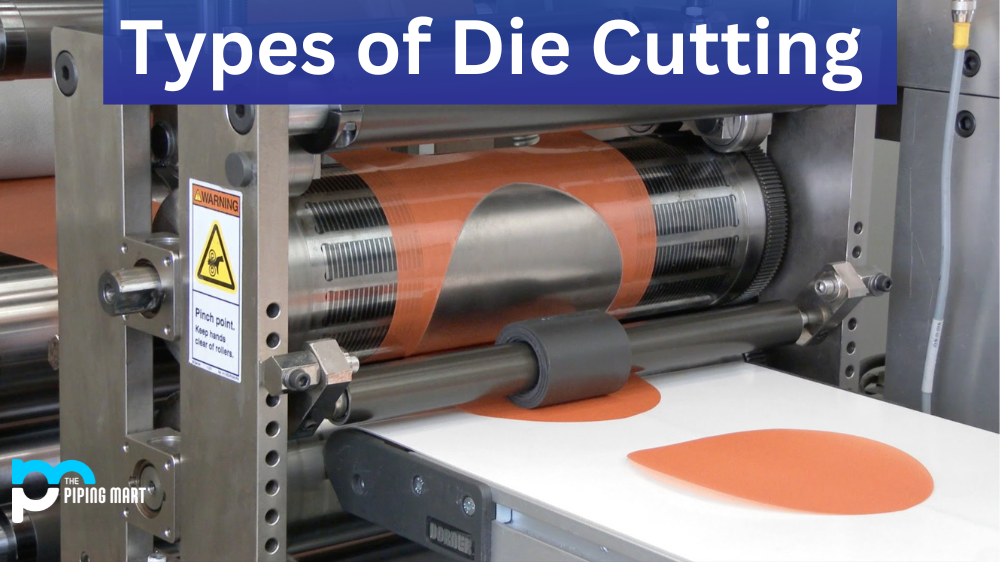Regarding the different approaches in welding, hot-pressure welding is gaining popularity among welders. But what is it, and why is it becoming more and more relevant in the industry? Hot pressure welding is an advanced and specialized process involving extreme heat and pressure to create a seamless and high-quality bond between two materials. This technique is often used in aerospace, automotive, and oil and gas. In this blog post, we will discuss the advantages and disadvantages of hot-pressure welding and the factors that can influence its effectiveness.
Advantages of Hot Pressure Welding
Strong Bonding
Hot pressure welding produces strong and durable bonds between materials, making it ideal for industrial applications that require reliable and long-lasting structures. The high heat and pressure applied to the materials ensure they are strongly and seamlessly welded together with minimal distortion or deformation.
Versatile Applications
Hot pressure welding can join different materials, such as metals, plastics, and composite materials, making it versatile for many applications. It is typically used when the welded structure must withstand wear and tear, varying temperatures, and corrosive substances.
High-Quality Welds
Hot-pressure welding can produce welds with high-quality aesthetics and superior properties. The weld surface is free from deformities and roughness, making it ideal for components that require smooth finishes. Since hot pressure welding utilizes less heat, there is less risk of distortion or melting of the material, ensuring the integrity of the welded joint.
Disadvantages of Hot Pressure Welding
Costly and Complex
Hot pressure welding is a complex process that requires specialized equipment and highly skilled labour. This translates to a higher cost of welding compared to other welding techniques. Additionally, it requires a stable environment with controlled temperature and pressure conditions, further increasing the cost of the process.
Time-Consuming
Hot pressure welding can take a long time to complete, depending on the size of the materials and the joint required. This can lead to delays in production, making it not the best choice for projects with tight timelines.
Not Suited for Certain Materials
Hot-pressure welding is unsuitable for all materials, especially those that are heat-sensitive, such as certain plastics and composite materials. The high heat and pressure required for the welding process could cause deformation or burnout of the material.
Conclusion:
Hot pressure welding is a specialized technique with many advantages, such as solid bonding, versatile applications, and high-quality welds. However, it has some drawbacks, such as being costly, time-consuming, and unsuitable for certain materials. When selecting a welding technique, it is important to consider the specific application, the materials involved, and the expected quality of the weld. The decision to use hot-pressure welding should be made based on the specific needs and requirements of the project.

A passionate metal industry expert and blogger. With over 5 years of experience in the field, Palak brings a wealth of knowledge and insight to her writing. Whether discussing the latest trends in the metal industry or sharing tips, she is dedicated to helping others succeed in the metal industry.




